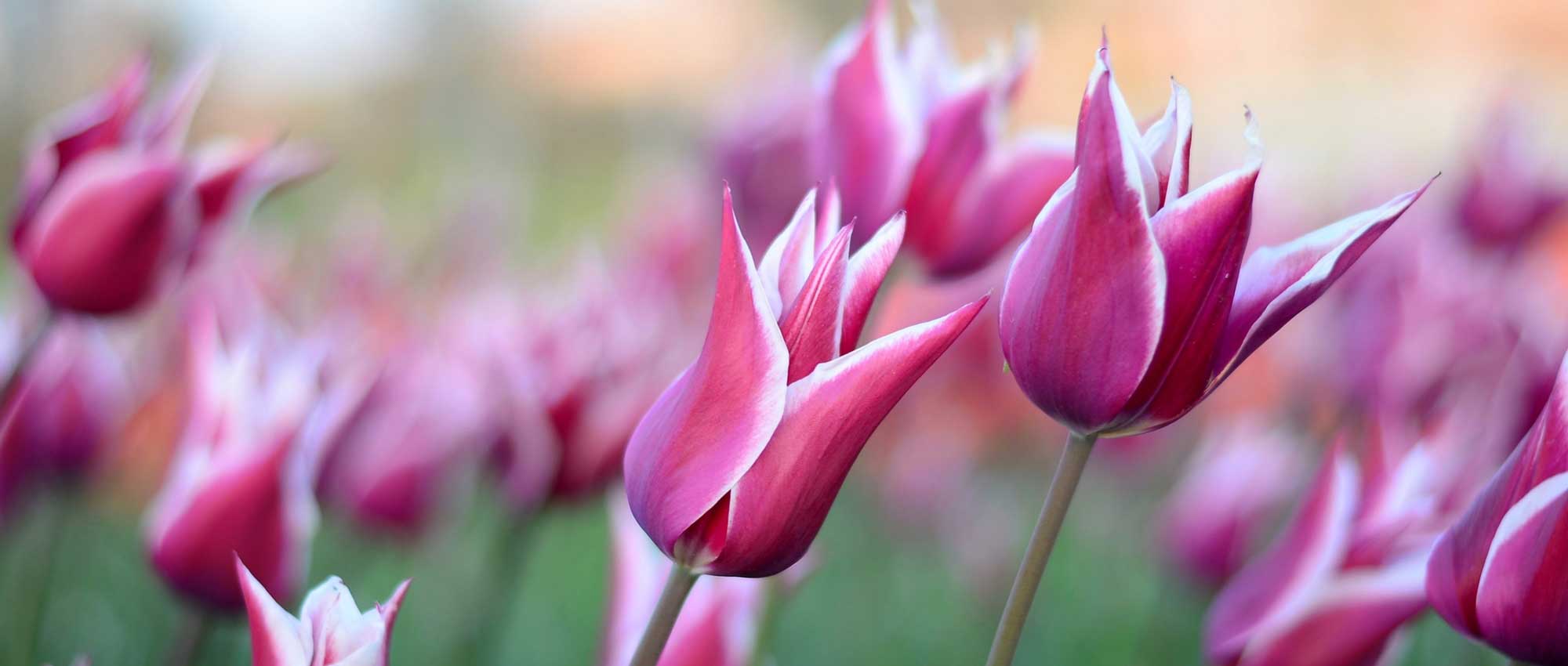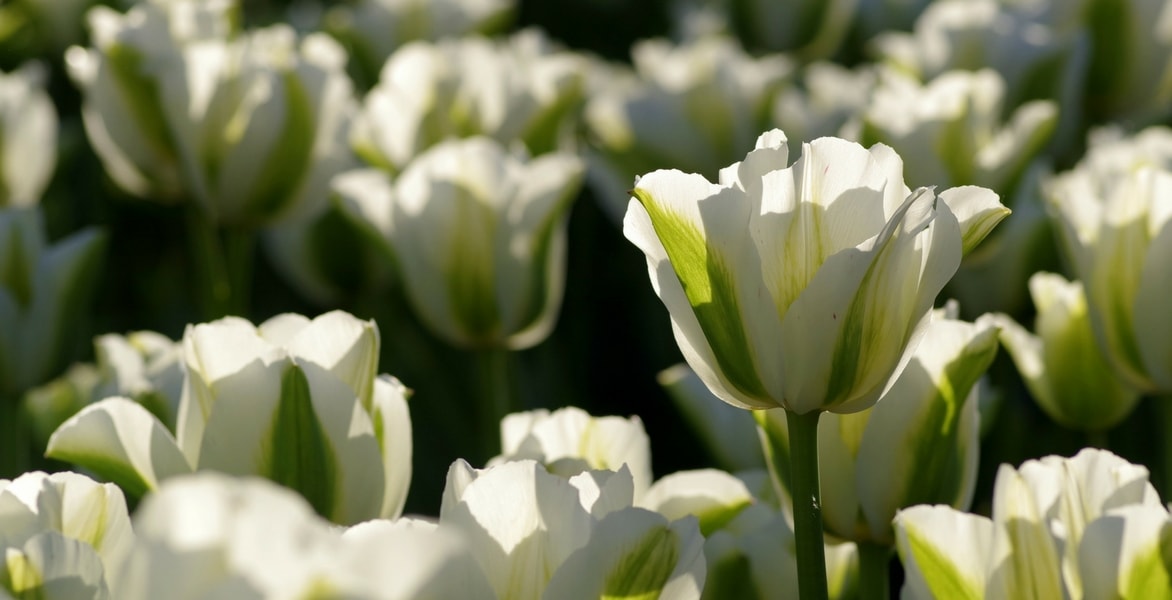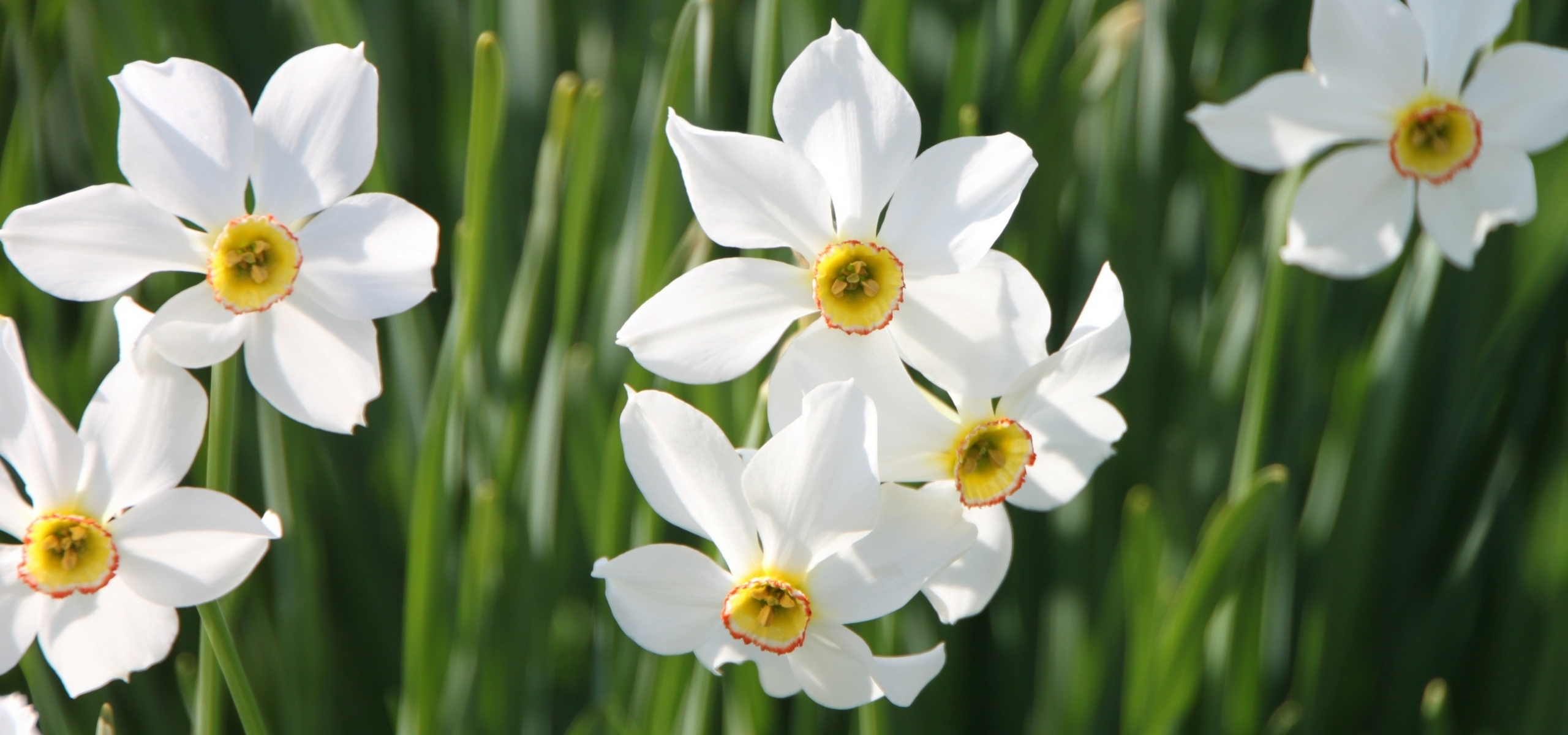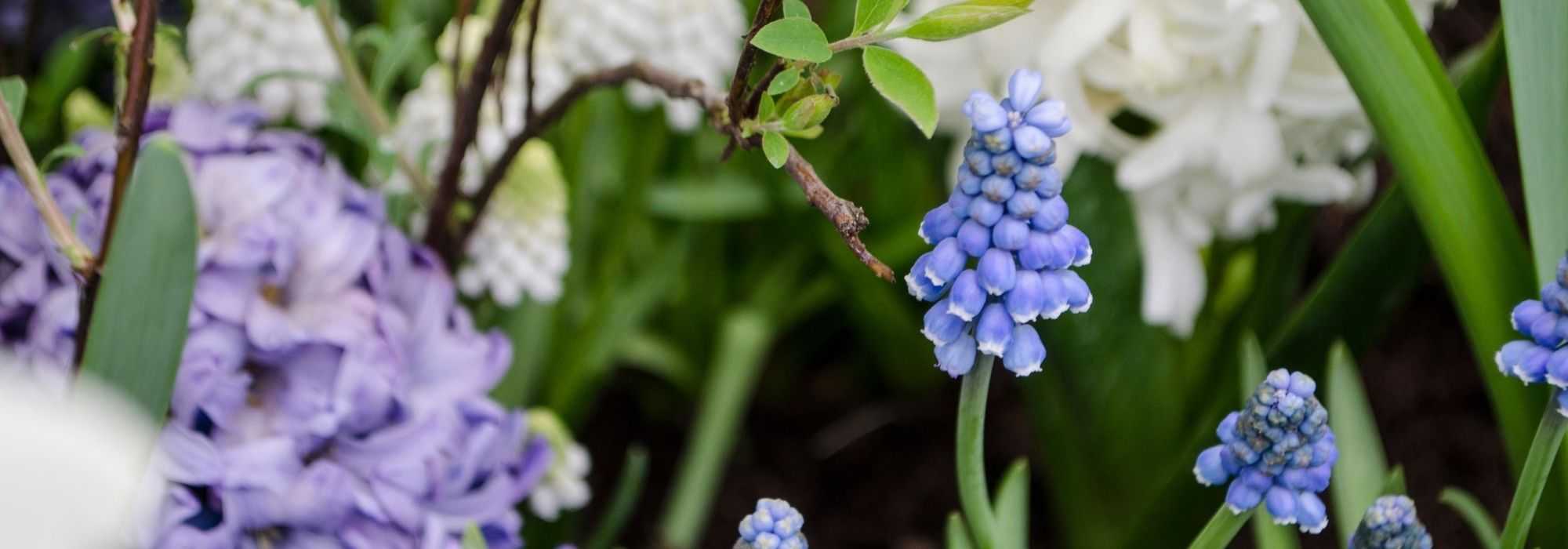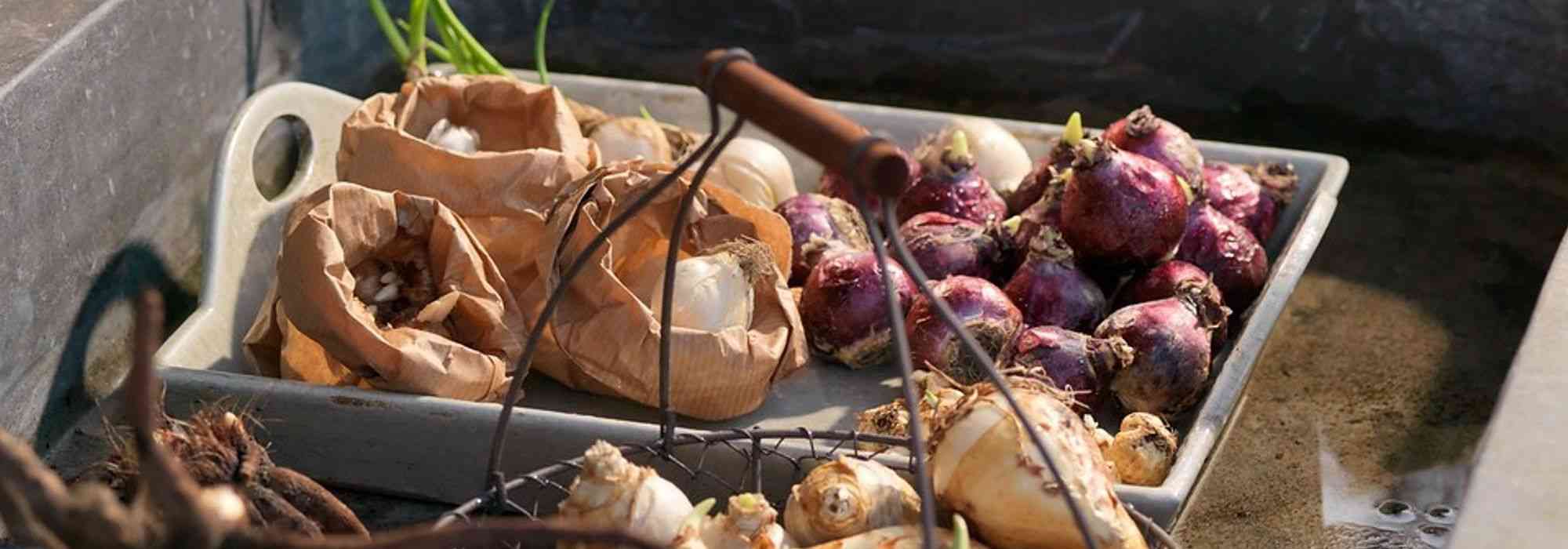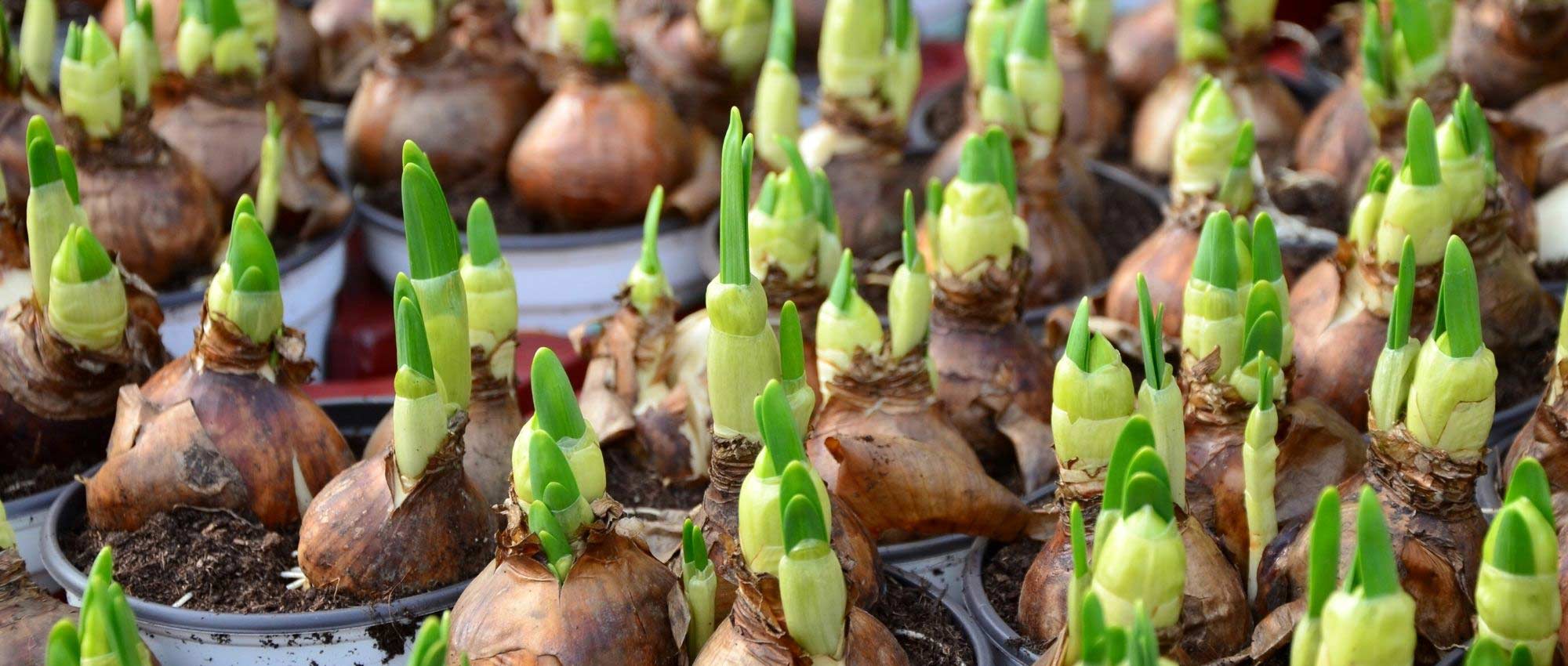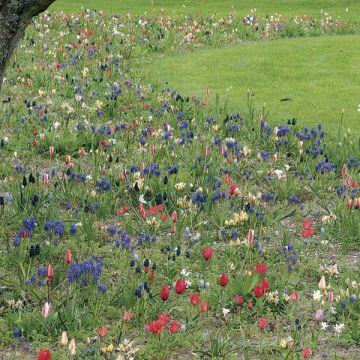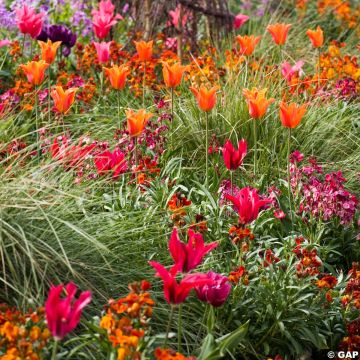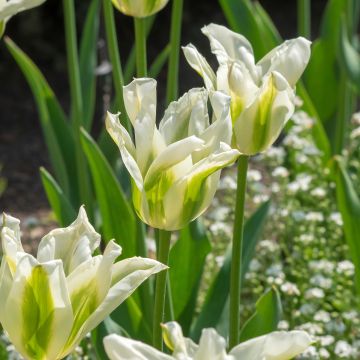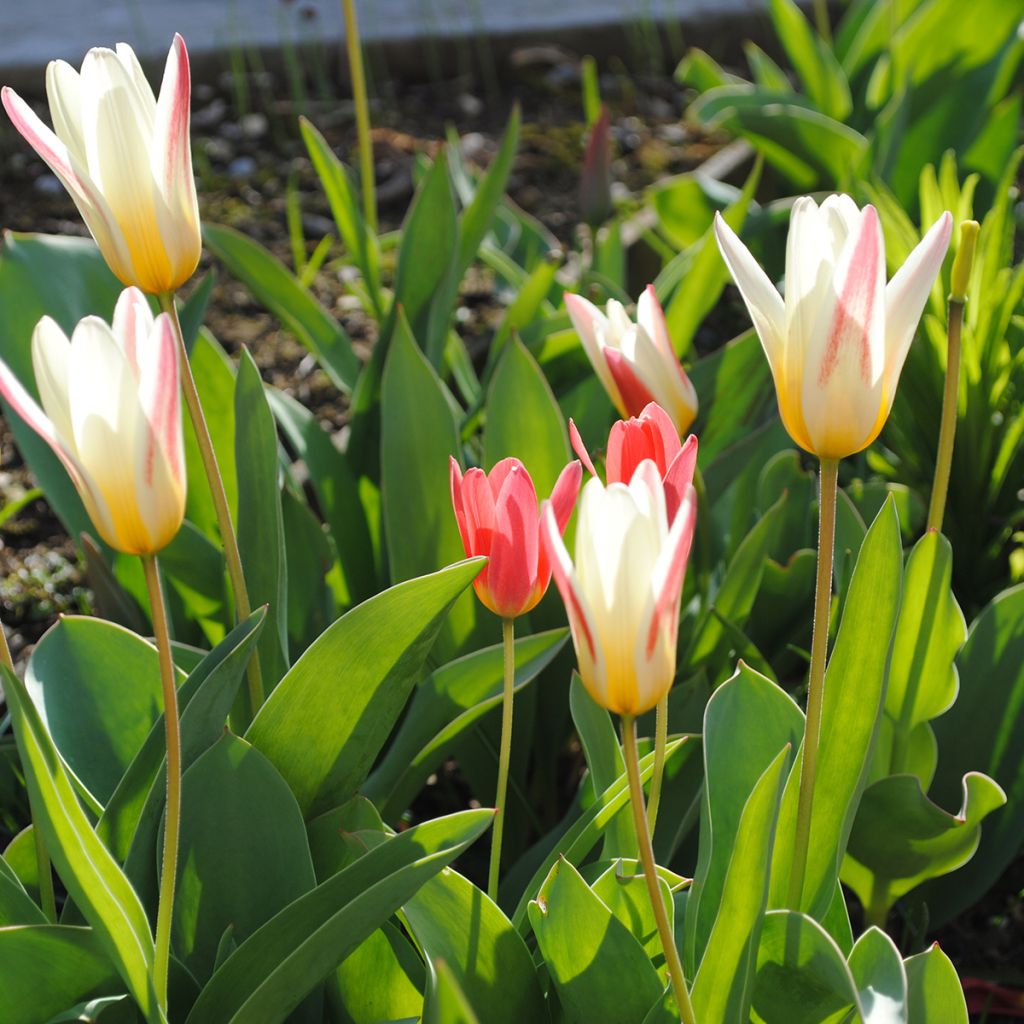

Tulipa x kaufmanniana Hope - Tulipe nénuphar, Tulipe de Kaufmann
Tulipa x kaufmanniana Hope - Water lily tulip
Tulipa x kaufmanniana Hope
Water lily tulip
Special offer!
Receive a €20 voucher for any order over €90 (excluding delivery costs, credit notes, and plastic-free options)!
1- Add your favorite plants to your cart.
2- Once you have reached €90, confirm your order (you can even choose the delivery date!).
3- As soon as your order is shipped, you will receive an email containing your voucher code, valid for 3 months (90 days).
Your voucher is unique and can only be used once, for any order with a minimum value of €20, excluding delivery costs.
Can be combined with other current offers, non-divisible and non-refundable.
Home or relay delivery (depending on size and destination)
Schedule delivery date,
and select date in basket
This plant carries a 6 months recovery warranty
More information
We guarantee the quality of our plants for a full growing cycle, and will replace at our expense any plant that fails to recover under normal climatic and planting conditions.
Would this plant suit my garden?
Set up your Plantfit profile →
Description
The early, bright and delicately coloured Kaufmanniana Tulip ‘Hope’ illuminates the first days of spring with its star-shaped, ivory flowers with pink reverses which open widely under the sun. With its low habit and sturdy stems, it adapts equally well to borders, rockeries, and decorative pots. Derived from a very hardy botanical species, it is an excellent candidate for naturalising settings. Undemanding, it nevertheless dislikes waterlogged conditions. Its flowering from March makes it a precious jewel to open the garden season.
The Tulip or Tulipa kaufmanniana ‘Hope’ belongs to the Liliaceae family and is part of the wildTulipa kaufmanniana species, also called Waterlily Tulip or Kaufmann's Tulip, native to the rocky regions of Central Asia, particularly Kazakhstan, Kyrgyzstan, Tajikistan and Uzbekistan, in subalpine short grass meadows and stony slopes. This cultivar reproduces the typical characteristics of the Kaufmanniana group: a low, compact habit, rapid spring growth, and vegetation rarely exceeding 25 cm. In the ground, it reaches 15–30 cm in height with a spread of 10–15 cm. Spring growth is fairly rapid, with young shoots emerging from February to March for full flowering in April, without any notable production of bulblets or suckers; however, keeping it in a pot encourages the recovery of bulblets over several years. The flowers in a widely star-shaped cup of 6–8 cm in diameter open fully in the sun, revealing an ivory exterior streaked with pink while the interior shows a soft yellow spot reminiscent of a central eye; they are broad, often positioned horizontally, with no notable fragrance. The early flowering extends from February to April, sometimes prolonged into May depending on conditions and regions. The deciduous, lanceolate, and sometimes slightly variegated foliage consists of 3 to 5 robust, bluish-green or streaked with purple leaves measuring about 10–20 cm long and 2–4 cm wide, contributing to the ornamental after-flowering attraction. The short and cylindrical stems remain sturdy and glabrous, easy to conceal in beds. The root system consists of a fleshy, spherical bulb 4–5 cm in diameter, suited to well-drained and poorly resistant soil to excess moisture. The kaufmanniana tulip was one of the first species to be integrated into European alpine gardens in the 19th century, often depicted on Soviet stamps in the 1960s, celebrating its adaptation to montane hardiness.
At the beginning of spring, the ‘Hope’ tulip rises discreetly like a soft musical note, edged with pink and bathed in ivory. It finds its place in sunny rockeries, on the edge of a lawn or nestled in a terracotta pot where the morning sun caresses its star-shaped open petals. Paired with dwarf daffodils ‘Tête-à-Tête’, azure grape hyacinths or ‘Hearts Delight’ tulips, it creates a sense of dazzling freshness.
Plant habit
Flowering
Foliage
Botanical data
Tulipa
x kaufmanniana
Hope
Liliaceae
Water lily tulip
Tulipa kaufmanniana Hope
Cultivar or hybrid
Planting and care
Plant your Hope tulips as soon as possible in well-drained soil. Loosen the soil deeply, incorporating coarse sand or gravel into the planting soil if necessary. Plant at a depth of 8 cm (bulbs should be covered with twice their height in soil). Space the bulbs a few centimetres apart, ensuring they do not touch each other. Choose a sunny location, at least until May, for better flowering. Kaufmann tulips go dormant in summer in dry soil, even when shaded by trees or deciduous bushes. After flowering, cut the flower stems and allow the leaves to dry completely before cutting them.
Flowering Tapetum Tip:
You can create beautiful flowering areas around the house, in beds, around trees, or in wild spaces. It is an economical and sustainable solution provided a few principles are followed:
1) This is a plant to be left in place.
2) Choose the right varieties according to the location.
3) A rest period is essential after flowering for the bulbs to replenish. Allow the foliage to yellow and dry before cutting it.
4) Organic fertiliser should be applied once a year in autumn.
Planting period
Intended location
Care
Planting & care advice
This item has not been reviewed yet - be the first to leave a review about it.
Similar products
Haven't found what you were looking for?
Hardiness is the lowest winter temperature a plant can endure without suffering serious damage or even dying. However, hardiness is affected by location (a sheltered area, such as a patio), protection (winter cover) and soil type (hardiness is improved by well-drained soil).

Photo Sharing Terms & Conditions
In order to encourage gardeners to interact and share their experiences, Promesse de fleurs offers various media enabling content to be uploaded onto its Site - in particular via the ‘Photo sharing’ module.
The User agrees to refrain from:
- Posting any content that is illegal, prejudicial, insulting, racist, inciteful to hatred, revisionist, contrary to public decency, that infringes on privacy or on the privacy rights of third parties, in particular the publicity rights of persons and goods, intellectual property rights, or the right to privacy.
- Submitting content on behalf of a third party;
- Impersonate the identity of a third party and/or publish any personal information about a third party;
In general, the User undertakes to refrain from any unethical behaviour.
All Content (in particular text, comments, files, images, photos, videos, creative works, etc.), which may be subject to property or intellectual property rights, image or other private rights, shall remain the property of the User, subject to the limited rights granted by the terms of the licence granted by Promesse de fleurs as stated below. Users are at liberty to publish or not to publish such Content on the Site, notably via the ‘Photo Sharing’ facility, and accept that this Content shall be made public and freely accessible, notably on the Internet.
Users further acknowledge, undertake to have ,and guarantee that they hold all necessary rights and permissions to publish such material on the Site, in particular with regard to the legislation in force pertaining to any privacy, property, intellectual property, image, or contractual rights, or rights of any other nature. By publishing such Content on the Site, Users acknowledge accepting full liability as publishers of the Content within the meaning of the law, and grant Promesse de fleurs, free of charge, an inclusive, worldwide licence for the said Content for the entire duration of its publication, including all reproduction, representation, up/downloading, displaying, performing, transmission, and storage rights.
Users also grant permission for their name to be linked to the Content and accept that this link may not always be made available.
By engaging in posting material, Users consent to their Content becoming automatically accessible on the Internet, in particular on other sites and/or blogs and/or web pages of the Promesse de fleurs site, including in particular social pages and the Promesse de fleurs catalogue.
Users may secure the removal of entrusted content free of charge by issuing a simple request via our contact form.
The flowering period indicated on our website applies to countries and regions located in USDA zone 8 (France, the United Kingdom, Ireland, the Netherlands, etc.)
It will vary according to where you live:
- In zones 9 to 10 (Italy, Spain, Greece, etc.), flowering will occur about 2 to 4 weeks earlier.
- In zones 6 to 7 (Germany, Poland, Slovenia, and lower mountainous regions), flowering will be delayed by 2 to 3 weeks.
- In zone 5 (Central Europe, Scandinavia), blooming will be delayed by 3 to 5 weeks.
In temperate climates, pruning of spring-flowering shrubs (forsythia, spireas, etc.) should be done just after flowering.
Pruning of summer-flowering shrubs (Indian Lilac, Perovskia, etc.) can be done in winter or spring.
In cold regions as well as with frost-sensitive plants, avoid pruning too early when severe frosts may still occur.
The planting period indicated on our website applies to countries and regions located in USDA zone 8 (France, United Kingdom, Ireland, Netherlands).
It will vary according to where you live:
- In Mediterranean zones (Marseille, Madrid, Milan, etc.), autumn and winter are the best planting periods.
- In continental zones (Strasbourg, Munich, Vienna, etc.), delay planting by 2 to 3 weeks in spring and bring it forward by 2 to 4 weeks in autumn.
- In mountainous regions (the Alps, Pyrenees, Carpathians, etc.), it is best to plant in late spring (May-June) or late summer (August-September).
The harvesting period indicated on our website applies to countries and regions in USDA zone 8 (France, England, Ireland, the Netherlands).
In colder areas (Scandinavia, Poland, Austria...) fruit and vegetable harvests are likely to be delayed by 3-4 weeks.
In warmer areas (Italy, Spain, Greece, etc.), harvesting will probably take place earlier, depending on weather conditions.
The sowing periods indicated on our website apply to countries and regions within USDA Zone 8 (France, UK, Ireland, Netherlands).
In colder areas (Scandinavia, Poland, Austria...), delay any outdoor sowing by 3-4 weeks, or sow under glass.
In warmer climes (Italy, Spain, Greece, etc.), bring outdoor sowing forward by a few weeks.


































